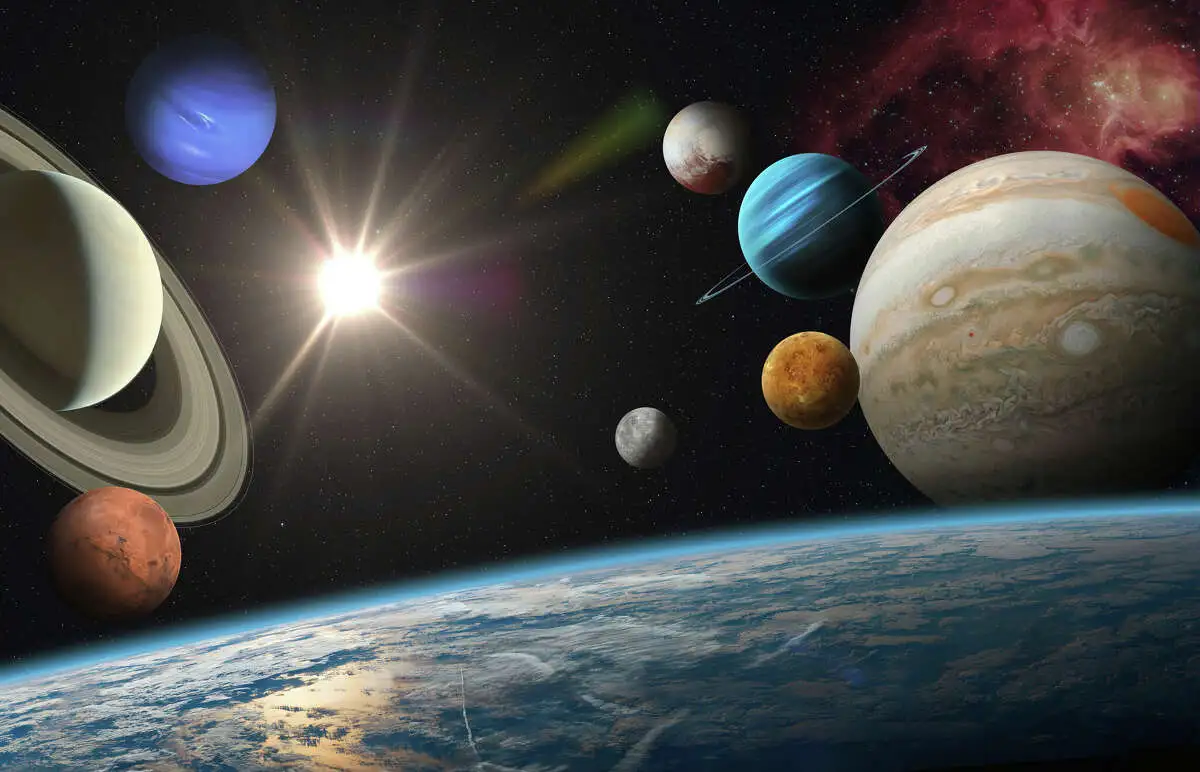Witness a Rare Planetary Parade Unfolding in the Heavens
As stargazers and astronomy enthusiasts, we are always excited to share news of unique celestial events. This week, prepare for an awe-inspiring planetary parade, as five planets – Mercury, Venus, Mars, Jupiter, and Saturn – will line up in the night sky, creating a mesmerizing display for skywatchers worldwide.
The Best Time to Observe the Planetary Alignment
The prime time to observe this rare planetary alignment is during the pre-dawn hours, approximately one hour before sunrise. The planets will be visible to the naked eye, but for a more detailed view, consider using binoculars or a telescope.
Tips for Viewing the Planetary Alignment
- Find a Dark Viewing Spot: To fully appreciate this celestial spectacle, choose a location away from city lights and light pollution. The darker the sky, the more striking the planetary alignment will appear.
- Check the Weather: Clear skies are essential for successful stargazing. Before heading out, make sure to check the local weather forecast to ensure optimal viewing conditions.
- Allow Time for Your Eyes to Adjust: Give your eyes at least 15-20 minutes to adjust to the darkness. This will help you discern the planets more easily.
- Use Star Charts or Apps: To identify the planets and their positions, consider using a star chart or a stargazing app on your smartphone.
The Positions of the Planets in the Night Sky
During this planetary alignment, the planets will be visible in the following order, starting from the eastern horizon:
- Mercury: The closest planet to the Sun will appear low on the eastern horizon. Mercury is often difficult to spot due to its proximity to the Sun, but during this alignment, it will be visible as a bright point of light.
- Venus: The second planet from the Sun, Venus is the brightest object in the night sky after the Moon. It will appear higher in the sky than Mercury and will be easy to spot due to its unmistakable brilliance.
- Mars: The red planet will appear between Venus and Jupiter, shining with a distinct reddish hue. Although not as bright as Venus, Mars will still be easily discernable in the sky.
- Jupiter: The largest planet in our solar system, Jupiter will be visible to the upper right of Mars. As a gas giant, Jupiter is quite bright and will be easy to spot.
- Saturn: The ringed planet will appear to the upper right of Jupiter. While not as bright as the other planets, Saturn’s golden glow will still be noticeable in the sky.
Significance of the Planetary Alignment
Planetary alignments like the one occurring this week are infrequent and captivating events. They not only provide a stunning visual display but also serve as a reminder of the intricate and ever-changing dance of celestial bodies in our solar system. As we marvel at this planetary parade, we are reminded of our place in the cosmos and the wonders that await us as we continue to explore the universe.
Don’t miss this rare opportunity to witness the five planets aligning in the night sky. Gather your friends, family, and fellow stargazers to enjoy this celestial spectacle and create lasting memories under the stars.
